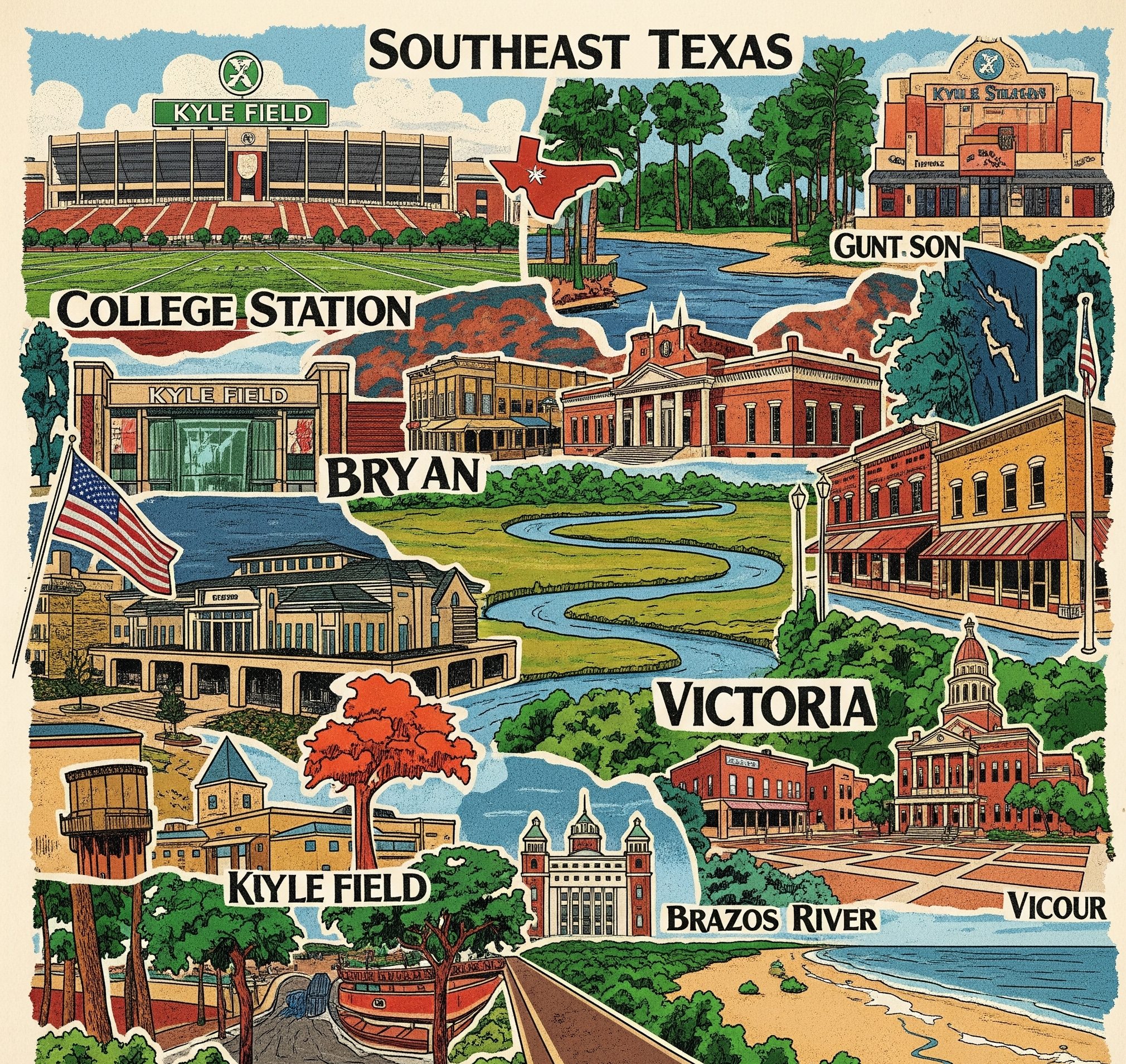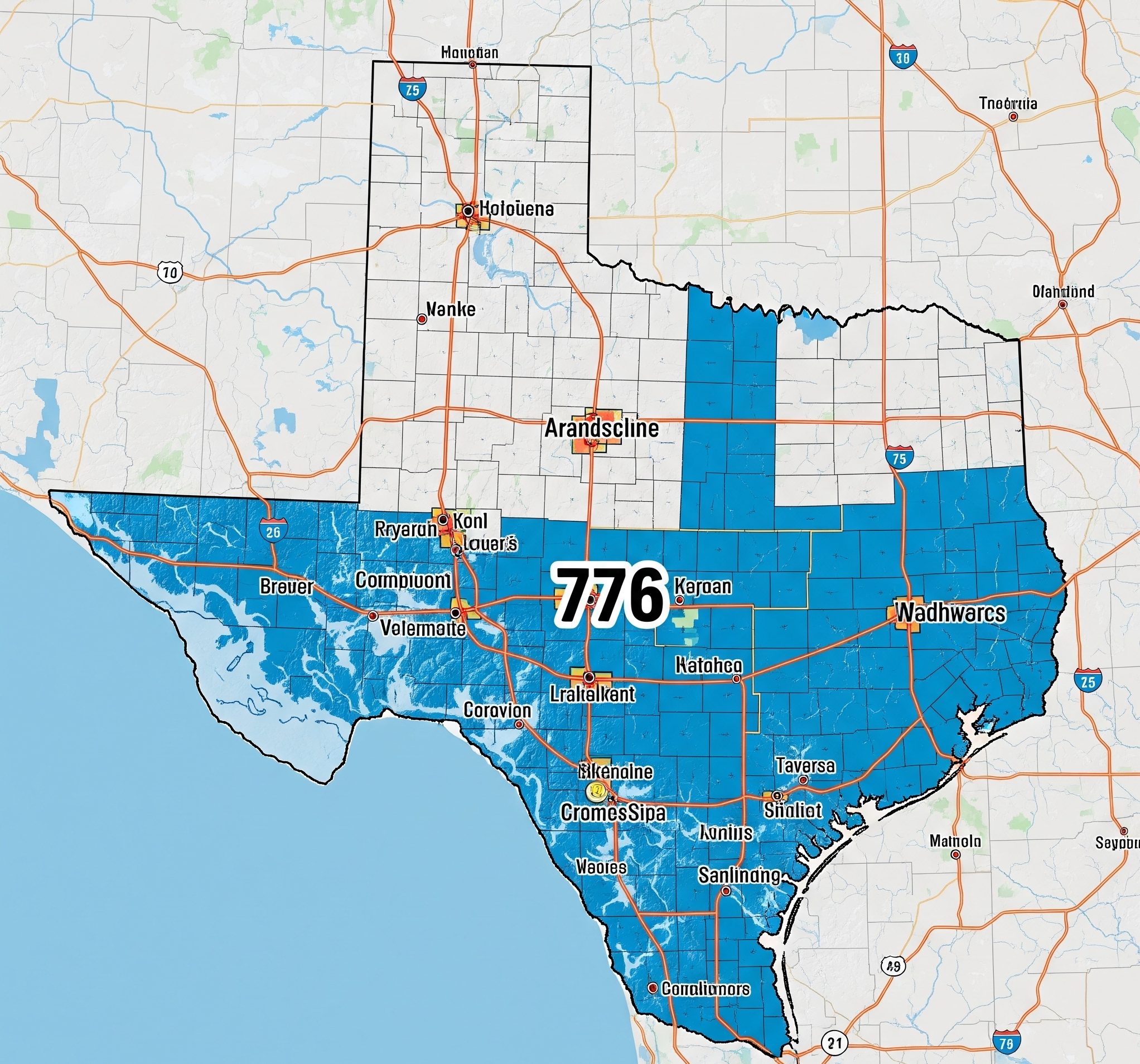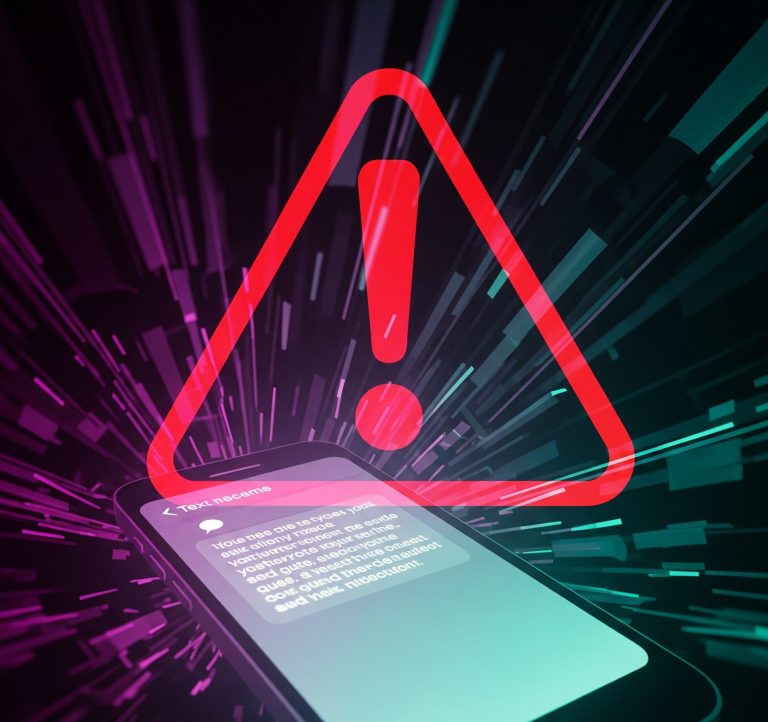In the vast and interconnected landscape of American telecommunications, area codes serve as vital geographical markers, instantly signaling the origin of a phone call. From the bustling metropolises of the 212 and 310 to the sprawling plains covered by 507 and 605, each three-digit prefix tells a story of location. Yet, amidst this familiar tapestry, a curious anomaly often arises, prompting confusion and inquiry: the 776 area code.
Unlike its established counterparts, the 776 area code isn’t tethered to a specific city, state, or even a region within the United States. This very characteristic is what makes it a subject of fascination and, at times, suspicion for many American consumers. If you’ve ever received a call from a number bearing the 776 area code, you’ve likely experienced a moment of pause, wondering about its true nature. This article aims to demystify the 776 area code, exploring its origins, its common uses, and how to approach calls originating from this somewhat enigmatic prefix.
Contents
What is the 776 Area Code (and What It Isn’t)?
The most crucial piece of information to understand about the 776 area code is that it is not a legitimate geographic area code in the North American Numbering Plan (NANP). The NANP, which governs telephone numbers in the United States, Canada, and several Caribbean nations, assigns specific three-digit prefixes to distinct geographical regions. A quick check of official numbering plan resources or even a simple online search for “US area codes” will confirm that 776 does not appear on any authorized list of operational prefixes.
This fundamental distinction is key. While legitimate area codes are assigned and regulated by telecommunications authorities, the 776 area code exists outside of this conventional framework.
The Rise of Non-Geographic Prefixes: Understanding the Landscape
While the 776 area code isn’t geographic, its existence isn’t necessarily a sign of malicious intent in all cases. The telecommunications landscape has evolved significantly, leading to the emergence of various non-geographic prefixes used for specialized services. Examples include:
- Toll-Free Numbers (800, 888, 877, 866, 855, 844, 833): These are well-known non-geographic prefixes, allowing callers to connect with businesses or organizations without incurring charges.
- Premium Rate Numbers (900): While less common today, these numbers were historically used for services that charged callers a per-minute or per-call fee.
- Special Services and Internal Networks: Some private networks, virtual phone systems, or specialized communication platforms might utilize non-standard prefixes for internal routing or specific applications.
However, the 776 area code doesn’t neatly fit into these recognized categories. Its often sporadic appearance and lack of clear association raise questions about its primary uses.

Common Scenarios Involving the 776 Area Code
Given its non-standard nature, calls from the 776 area code often fall into a few distinct categories, ranging from the innocuous to the potentially problematic.
- Spam and Scam Calls: A Prevalent Problem
Unfortunately, one of the most frequent associations with the 776 area code is spam and scam calls. Because it’s not a recognized geographic code, it can be easily spoofed by bad actors. Call spoofing allows scammers to display a false number on your caller ID, making it difficult to trace their true origin. The 776 area code can be a convenient choice for them precisely because it doesn’t immediately identify a real location, making it harder for recipients to filter or block based on geography.
These calls often involve:
- Robocalls: Automated messages promoting dubious products or services.
- Phishing Attempts: Calls designed to trick individuals into revealing personal information, such as bank details or social security numbers.
- Tech Support Scams: Perpetrators pretending to be from well-known tech companies, claiming your computer has a virus and demanding remote access or payment.
- Grandparent Scams: Callers impersonating a distressed family member in urgent need of money.
- Virtual Phone Numbers and VoIP Services
In some instances, the 776 area code might be generated by Voice over Internet Protocol (VoIP) services or virtual phone number providers. While legitimate, these services can sometimes assign numbers that don’t conform to traditional geographic prefixes, especially when used for international calls that are then routed through a US gateway, or for internal routing within complex telecommunication systems. However, this is less common for direct outgoing calls to the general public from a reputable service that intends to be clearly identifiable.
- Misdialed or Erroneous Calls
Less frequently, a call from the 776 area code could simply be a result of a misdial or an error in a dialing system. While unlikely to be a persistent issue, isolated incidents of a non-standard prefix appearing due to technical glitches are not entirely impossible.
How to Respond to Calls from the 776 Area Code
When your phone rings and the caller ID displays the 776 area code, a cautious approach is always advisable.
- Do Not Answer Unknown Numbers: The safest bet is often to let calls from unrecognized numbers go to voicemail. If it’s a legitimate caller, they will leave a message.
- Be Wary of Unsolicited Information Requests: Never provide personal, financial, or sensitive information over the phone to an unsolicited caller, regardless of the area code they display.
- Verify the Caller’s Identity: If you suspect the call might be legitimate but are unsure, ask for their name and company. Then, independently look up the company’s official contact information and call them back directly using that verified number, not the one provided by the caller.
- Block the Number: If you determine the call is spam or a scam, block the number on your phone. While scammers often spoof numbers, blocking can help reduce repeated attempts from that specific spoofed number.
- Report Scam Calls: You can report unwanted calls to the Federal Communications Commission (FCC) or the Federal Trade Commission (FTC). This helps authorities track patterns and potentially take action against perpetrators.
- Consider Call Blocking Apps: There are numerous call blocking applications available for smartphones that can help filter out known spam and scam numbers, including those that might use non-standard prefixes like the 776 area code.
The Enduring Mystery of the 776 Area Code
The 776 area code remains a fascinating anomaly in the American telecommunications landscape. Its non-geographic nature and frequent association with unsolicited calls highlight the ongoing challenges of call authentication and the persistent efforts of scammers. By understanding what the 776 area code represents – or, more accurately, what it doesn’t – consumers can better protect themselves from potential fraud and navigate the complexities of modern phone communication with greater confidence. Stay vigilant, stay informed, and always exercise caution when an unfamiliar or unusual area code appears on your caller ID.







